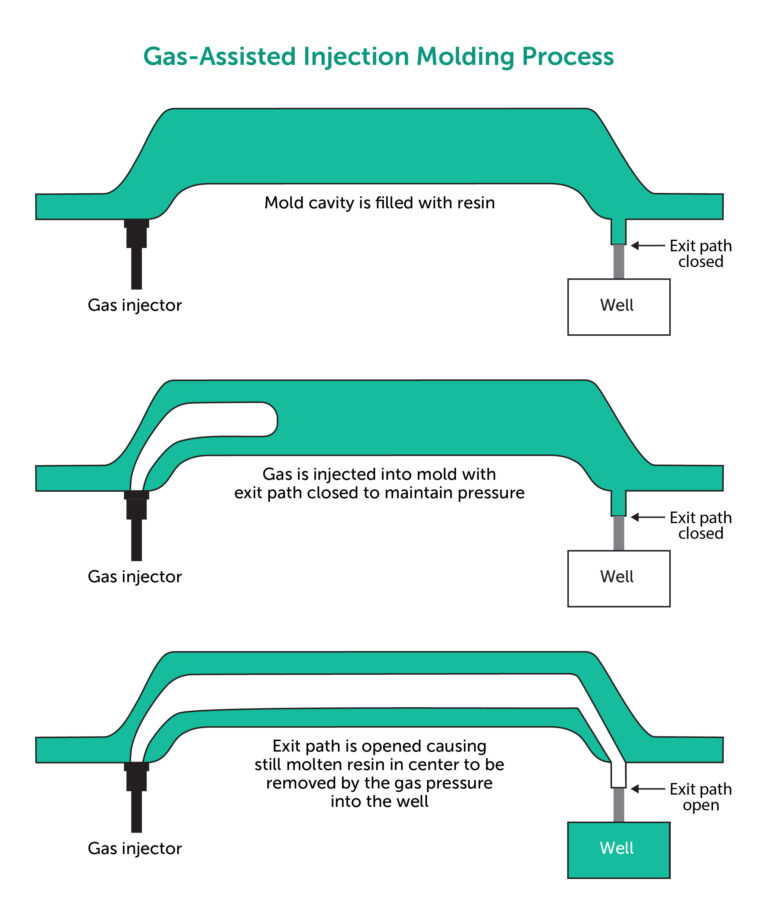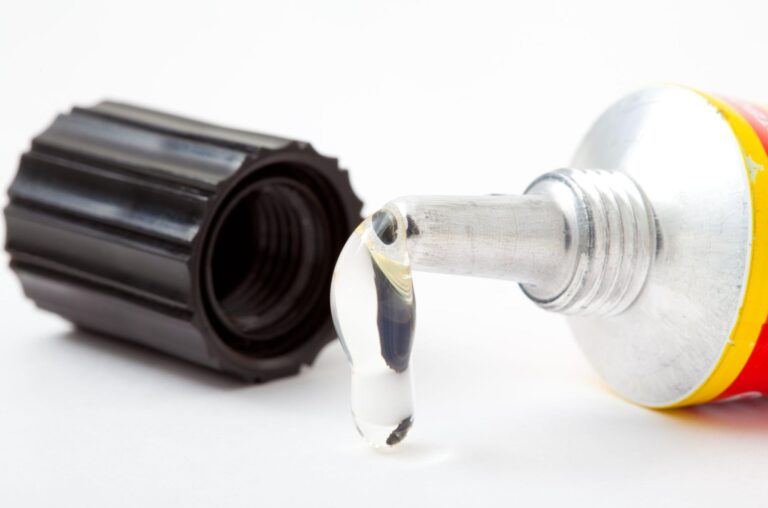Time to read: 4 min
So you’re thinking of making a food-related product that needs to be food-safe — great!
This article will help guide you toward the right materials, necessary regulations and approvals, best production processes, and design considerations.
Which Products and Components Need to be Food-Safe?
It’s easy to remember that packaging and tableware need to be food-safe, but food safety extends to many items in the production chain, from the blades used to slice your bread to the nozzle on your espresso machine. Any item that may touch a food product is subject to special regulations as a ‘food-contact’ material.
Even ordinary mechanical components need to be considered and scrutinized carefully. For example, screw threads or lubricants may need to be encased or swapped out for a safe alternative.
Regulations
The United States and Europe both have strict regulations in place around food-contact materials, but they differ and one should not be used to cross reference the other.
Be aware of your product’s end destination or destinations, and consult the regulations carefully for each area.
In the US, the FDA is in charge of food-safe regulation; material regulation is described in the Code of Federal Legislation (CFR) – 21 CFR 174 – 21 CFR 190.
In the European Union, the Regulation No 10/2011 for plastics in contact with foodis the regulation you’ll most likely need, though additional regulations exist for metals, cardboard and paper products, and ceramics.
Once a material is deemed to be food-safe, your production must be ISO 9000 certified(luckily this one is international!) and inspected to ensure “good manufacturing processes” are being followed.
Once all this work has been done, certificates are awarded and you can finally rest easy. It’s a lot to navigate so bringing in a consultant or outside service can be valuable to get your product approved for production while focusing on product development and innovation.
What Makes a Material Food-Safe?
The main concern when regulating a food-safe material is “migration,” which means molecules in the material can move into or onto food while the surfaces are touching.
In some cases this can merely cause differences in the taste, color and smell of food, but in other cases the food can be made unsafe for consumption.
Other considerations such as how well the material withstands temperature changes, oils, grease and alcohol are also taken into account when deeming whether a material is food-safe or not.
Common Food-Safe Materials
We’re not going to cover every food-safe material available, but here’s a brief look of some of the most common ones:
Plastics
- HDPE – High Density Polyethylene
- LDPE – Low Density Polyethylene
- PP – Polypropylene
- Some polyurethanes
Metals
- Stainless Steel
- Nickel Alloys
- Titanium
Production Methods
The production method you choose is largely dependent on the development stage, geometry of your product, and the materials you choose, but here’s a brief overview of the different tools used for developing food-safe products:
3D Printing
While 3D printing is great for rapid prototyping, most available materials aren’t suitable for food contact. Even using the few food safe materials, most professional and hobbyist machines aren’t in line with food-safe manufacturing standards.
It’s a growing area of research and some companies are experimenting with food-safe 3D printed ceramics, but right now the selection is quite limited.
We recommend leveraging 3D printing to make several prototype iterations of your product to find the basic fit and form. Then you can start to consider food-safe materials for your beta prototype when beta users will be in contact with the product.
RTV Silicone Molds and Urethane Casting
RTV molding is often used to bridge the gap between prototyping and production. Not only can items be cast in a variety of food-safe materials, but the mold itself can be made out of food-safe silicone. By using a 3D printed prototype for the pattern, custom molds can be made very quickly and cheaply.
There are a variety of food grade or medical casting plastics, but not every company will have them available so ask your manufacturer which options they can offer.
Injection Molding
Similar to RTV molding, there are a variety of food-safe materials available to be used with injection molding, the best process for high volume production.
Before choosing a manufacturer, be sure they’re familiar with ISO 9000 and food-safe manufacturing processes and ask them which food-safe materials they have available.
Design Considerations
In addition to understanding the right regulations and food-safe materials, it’s important to be aware of unique design considerations for food-safe products. Here are a few to be aware of:
Disposable vs Reusable Products
Items meant to be used repeatedly and cleaned or sterilized between uses have unique design factors vs one-time use items (e.g. disposable tableware).
Sharp Corners
Sharp corners are incredibly hard to clean so you’ll want to design inner corners with generous radii, avoiding internal compartments that fingers can’t get into.
Surface Ridges
Similarly, surface ridges are breeding grounds for bacteria so you need to make sure your surface finish is polished and smooth. You can also look into coating the surface with a food safe treatment.
Main Takeaways
This is just a brief overview of some of the things you need to know when developing a food-safe product to help you get started.
Be sure to include time in your development schedule to acquire the right regulations and approvals and consult your manufacturing partner as to the right food-safe materials for your product.
For further reading, check out some of these helpful resources:










